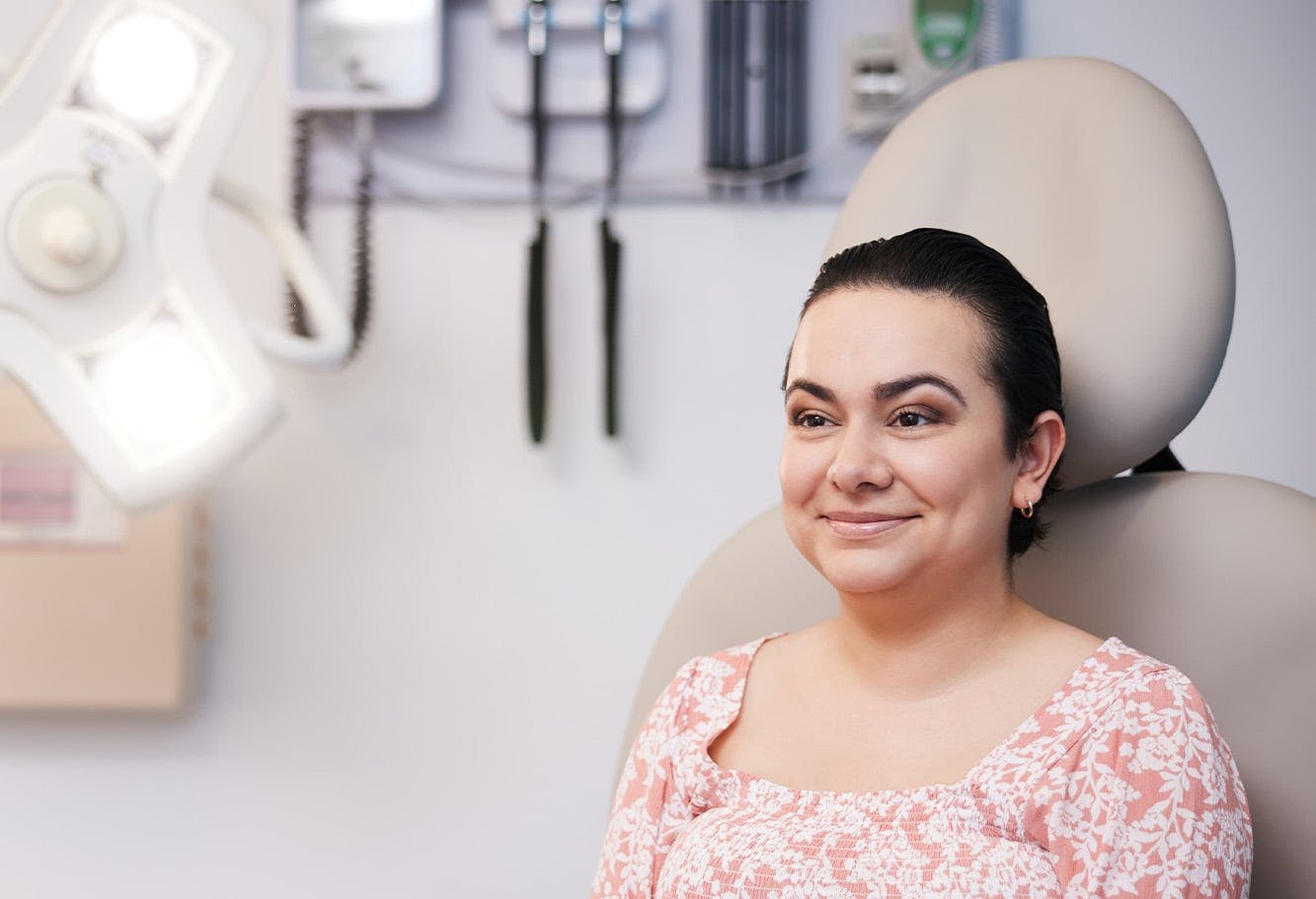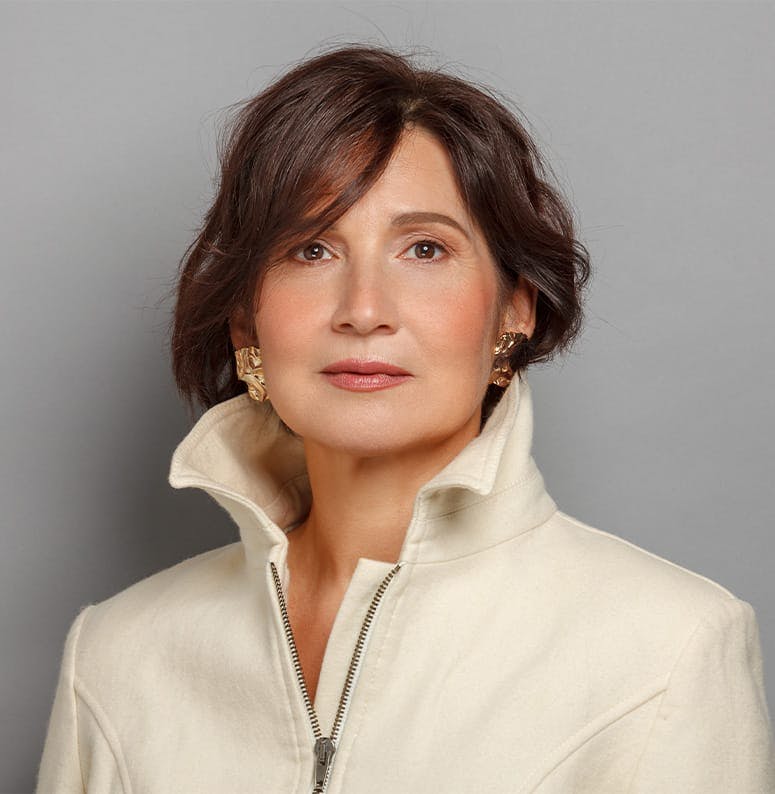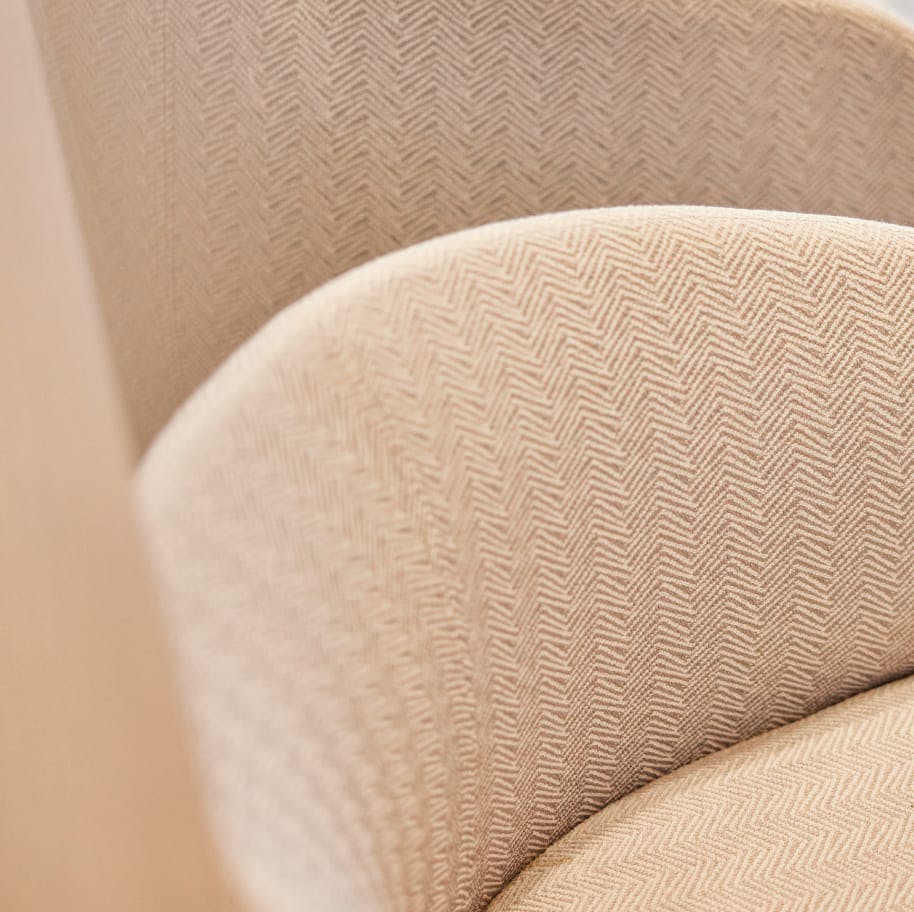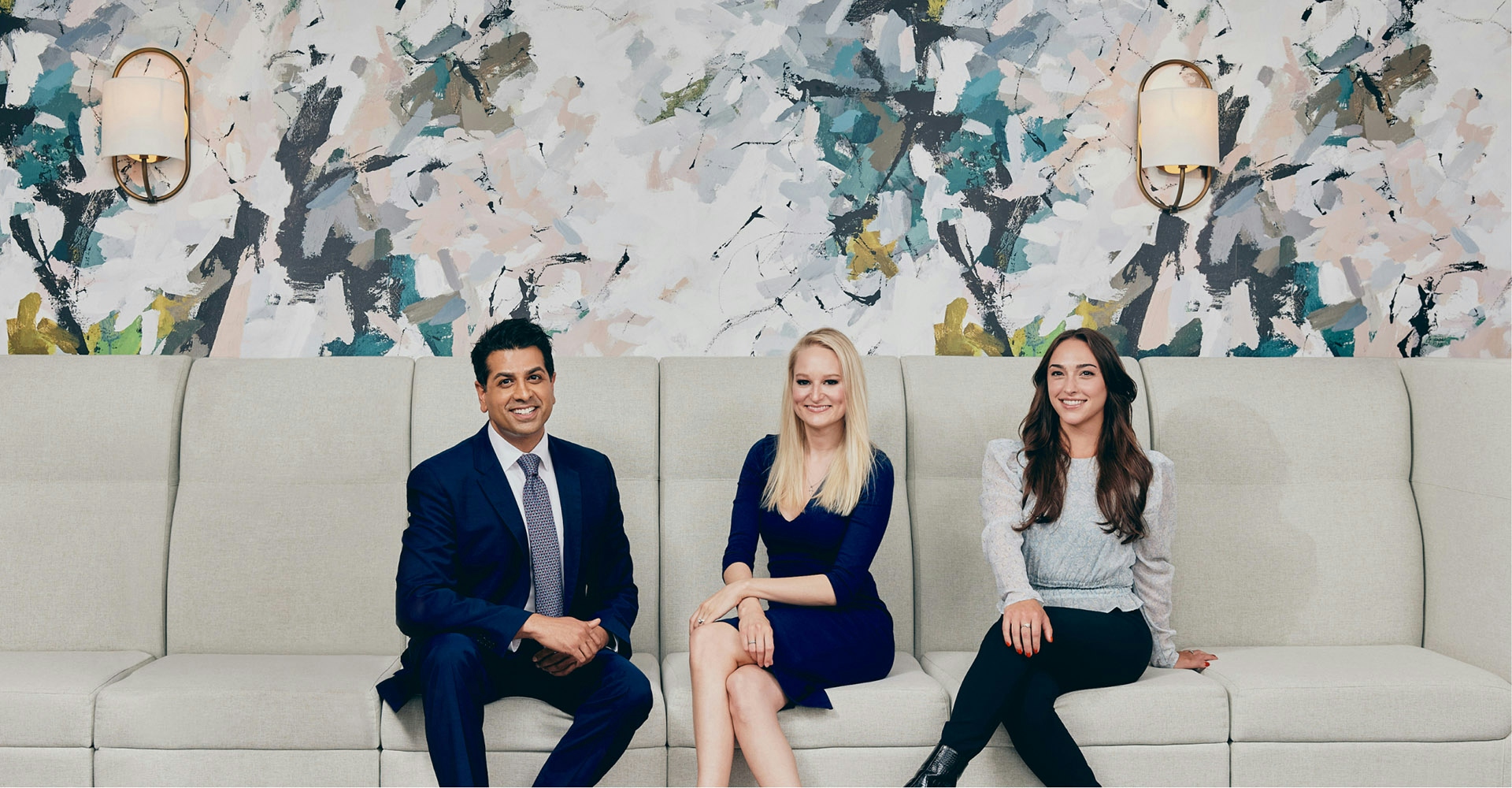Laser resurfacing, also known as lasabrasion or a laser peel, can treat facial wrinkles, sun spots, scars, birthmarks, and blemishes.
Who Is A Candidate For Laser Resurfacing?
You May Be A Good Candidate If:
- Your eyes, mouth or forehead have only fine lines or wrinkles.
- Scars from acne are not deep.
- You have had a facelift, and your skin is not responding well.
You may not be a good candidate if you have deep wrinkles, active acne, or excessively saggy skin. In these instances, laser resurfacing will generally not be effective enough to produce the desired results. In addition, people with darker skin tones run the risk of healing with even darker skin, called hyperpigmentation, even though bleaching after the treatment is a possible remedy.






